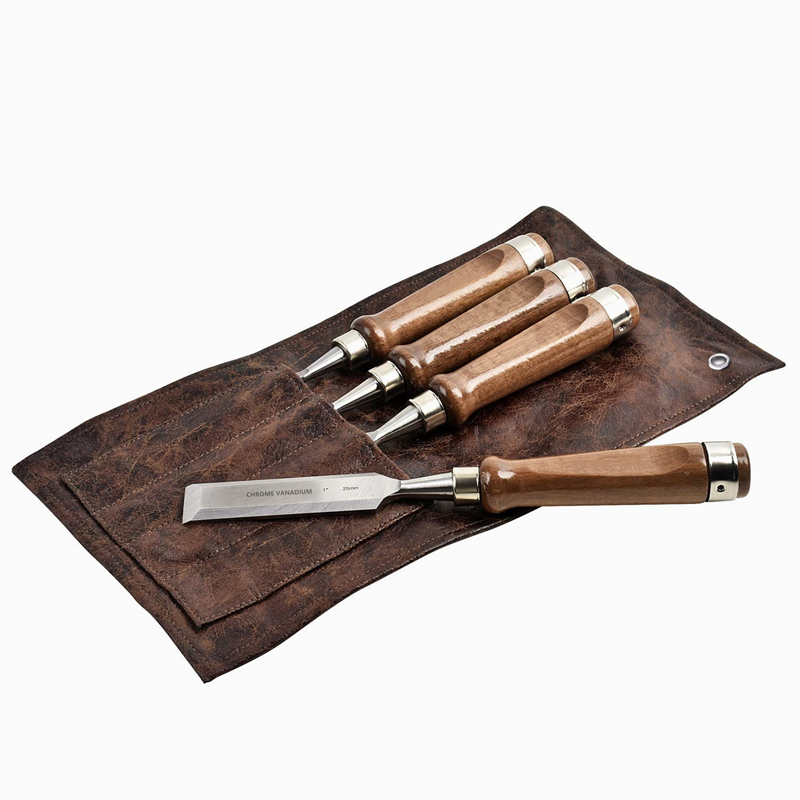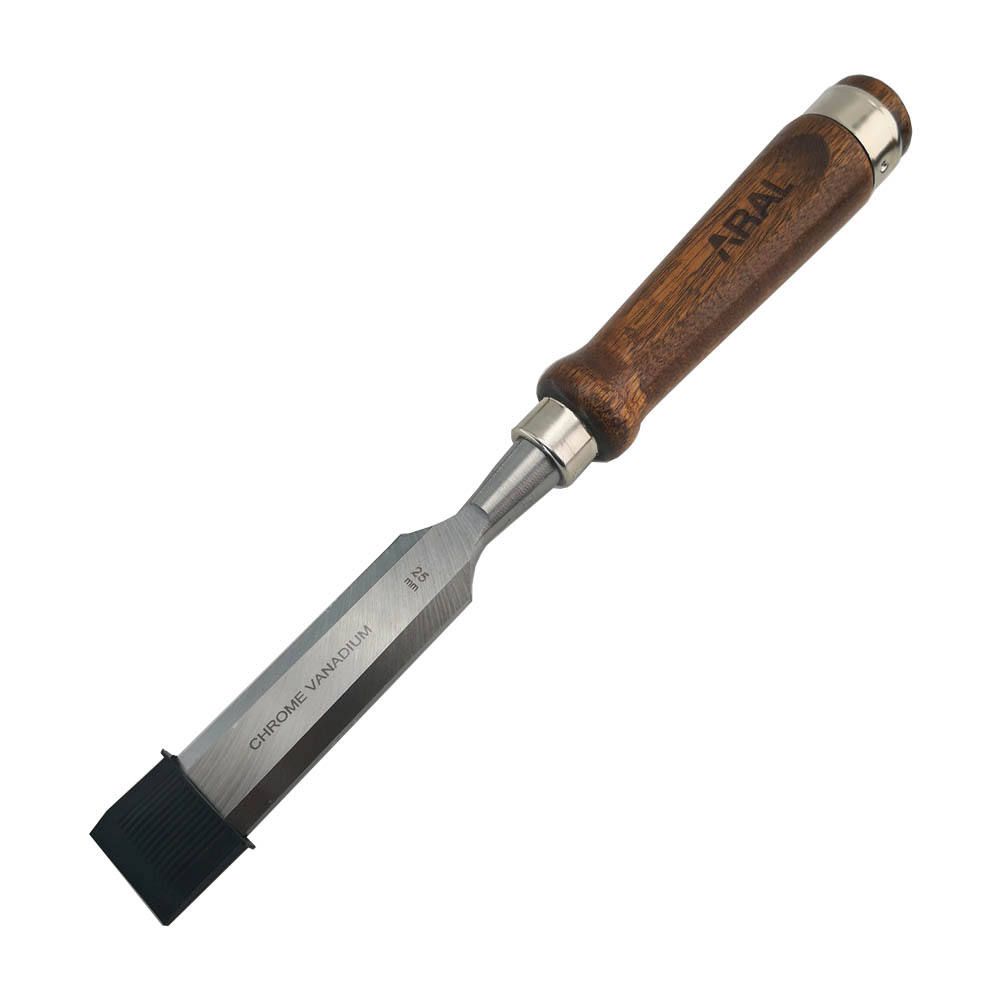Wooden tool handles hold significant cultural and heritage value, as they are not just functional components but also carriers of tradition, craftsmanship, and history. Here’s a closer look at the cultural significance of wooden tool handles:
1. Historical Connection: Wooden tool handles have been used by generations of artisans and craftsmen across cultures. They connect us to the historical practices and techniques of our ancestors.
2. Craftsmanship and Artistry: Wooden handles are often crafted with intricate details, carving, and decorative elements. These artistic features showcase the craftsmanship and skills of the makers.
3. Cultural Traditions: Different cultures have their own styles of crafting wooden handles, reflecting their unique aesthetics, values, and traditions. The design and decoration can carry cultural symbols and motifs.
4. Rural Heritage: In many rural communities, woodworking skills are passed down through generations. Wooden tool handles embody the rural way of life and the heritage of skilled manual labor.
5. Symbolism and Identity: Wooden handles can symbolize a craft or profession and become a recognizable emblem of a certain trade. They contribute to the identity of artisans and their communities.
6. Sense of Timelessness: The use of wooden handles creates a sense of timelessness, connecting us to the past while remaining relevant in modern times. They are a link between traditional practices and contemporary needs.
7. Environmental Respect: Wooden handles reflect a sustainable approach to materials. The use of wood as a renewable resource aligns with values of environmental responsibility and respect for nature.
8. Ritual and Ceremony: In some cultures, the crafting of wooden handles is associated with rituals, ceremonies, and spiritual beliefs. The handles become imbued with cultural and spiritual significance.
9. Cultural Adaptation: Different regions adapt wooden handle designs to suit their specific needs and environments. These adaptations reflect the resourcefulness and ingenuity of local communities.
10. Storytelling and Heritage Preservation: Wooden handles can tell stories about the tools they’re attached to, the crafts they’re used for, and the people who use them. They serve as tangible artifacts that preserve cultural heritage.
11. Apprenticeship and Learning: Crafting wooden handles often involves apprenticeship and mentorship, where knowledge and skills are passed from master artisans to the younger generation. This transfer of knowledge maintains cultural continuity.
12. Communal Activities: In some cultures, crafting wooden handles is a communal activity, fostering a sense of belonging and cooperation within a community.
13. Educational Value: Studying the history and cultural context of wooden handles provides insights into the social, economic, and technological aspects of different time periods.
14. Revival of Traditions: As contemporary artisans embrace traditional techniques, wooden handles become part of the revival of heritage crafts and skills.
15. Interconnectedness: Wooden tool handles serve as a common thread that connects artisans across time and space. They highlight the shared humanity and creativity in diverse cultures.
In essence, wooden tool handles transcend their utilitarian function to become vessels of cultural memory, preserving the heritage of craftsmanship, knowledge, and human ingenuity. Their cultural significance lies not only in their physical form but also in the stories they tell and the traditions they carry forward.


